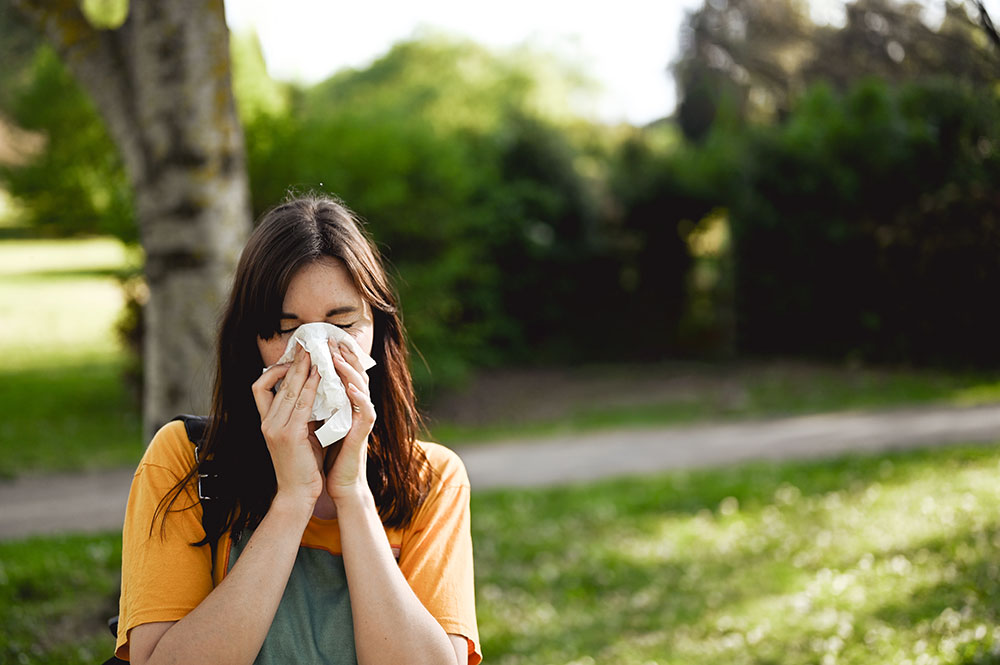Local Pollen Counts
Pollen Counts in Philadelphia & the Lehigh Valley
For those with seasonal allergies, staying informed about the local pollen count can make a big difference. Learn more about how your local pollen count can impact your symptoms below.
Ready to find relief? Schedule an appointment today!
What Is a Pollen Count?
Pollen levels shift daily depending on weather and plant activity, especially in high-allergen areas like Blue Bell, King of Prussia and Pottstown, Pennsylvania. A pollen count measures the concentration of pollen particles in the air, typically collected over a 24-hour period. This data is used to determine how likely it is for allergy symptoms to be triggered on any given day.
At Allergy & Asthma Specialists, we monitor common allergens that affect our local communities most:
- Tree pollen (oak, birch, maple, cedar, and more)
- Grass pollen (ryegrass, timothy, Kentucky bluegrass)
- Weed pollen (ragweed, pigweed, nettle)
- Mold spores
Why Does the Pollen Count Matter?
Pollen is a common trigger for allergic rhinitis and is difficult to avoid when outside, especially in warmer months. Checking the local pollen forecast for Louisville or Florence, KY, can help our patients reduce exposure. Environmental control products, like HEPA filters, can also help reduce exposure to pollen by filtering it out of the air you breathe; however, they are not 100% effective.
For lasting relief, allergy treatments like immunotherapy may help. Our board-certified allergist can conduct allergy testing to identify your triggers and recommend a personalized allergy treatment plan.
Don’t forget these tips to fight pollen allergies:
- Use medication to control symptoms and get relief sooner.
- Wear a NIOSH N95 mask while outside doing yardwork.
- Shower after being outside, wash your hair to remove pollen.
- Keep windows closed in the late summer and fall to prevent the outside from coming inside.
- Use HEPA filters in air conditioners and furnaces to keep inside air clean. Use a dehumidifier to control the humidity in damp basements that cause mold.


